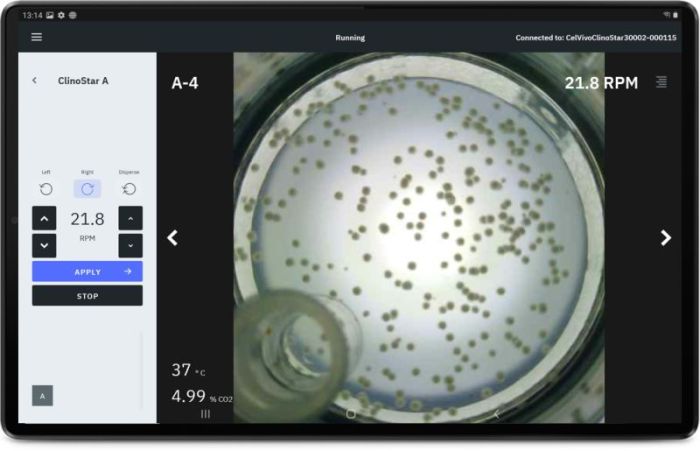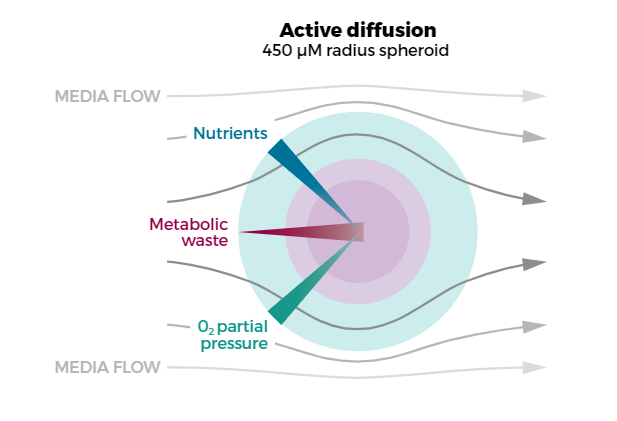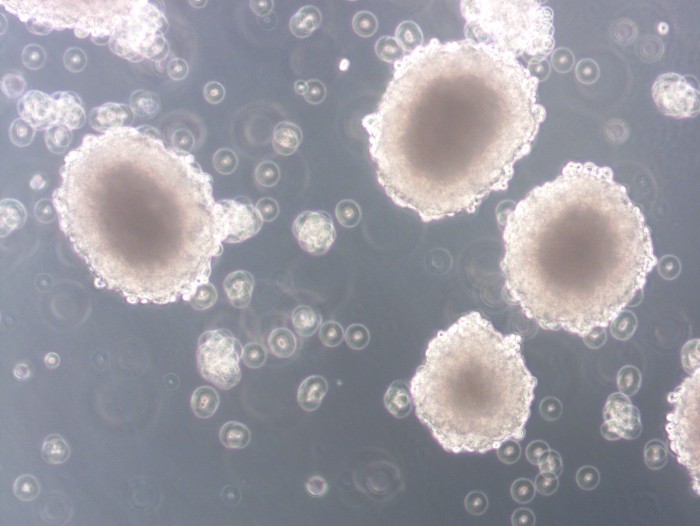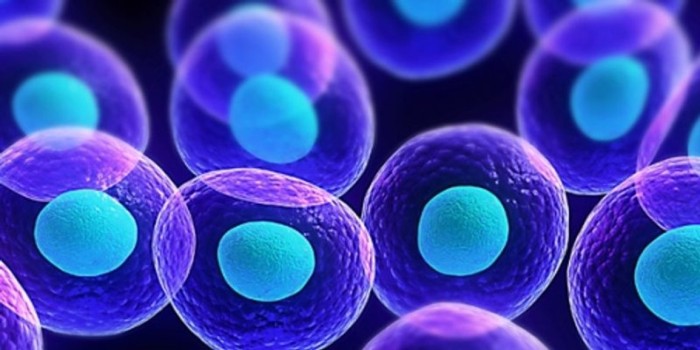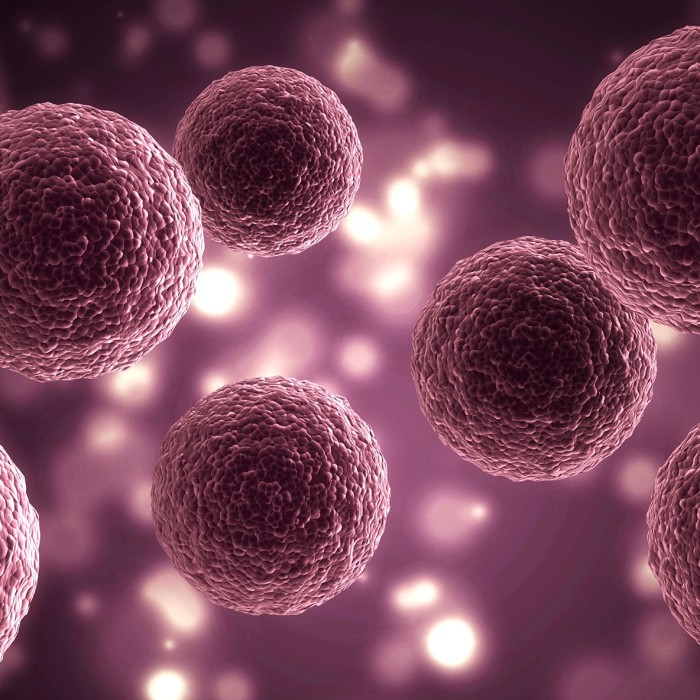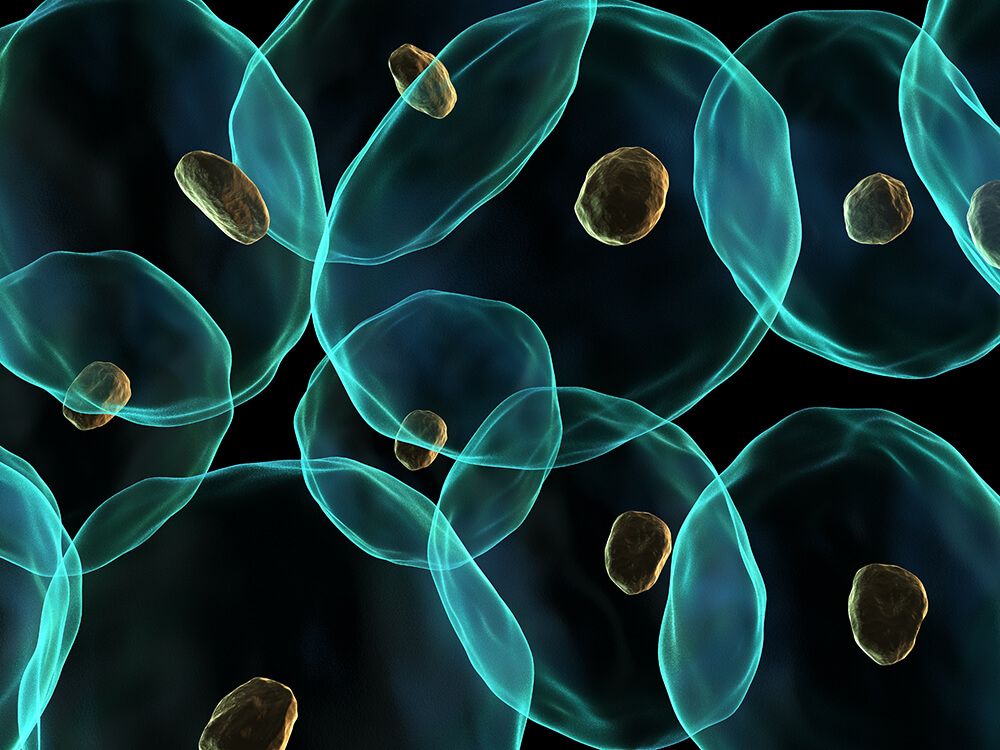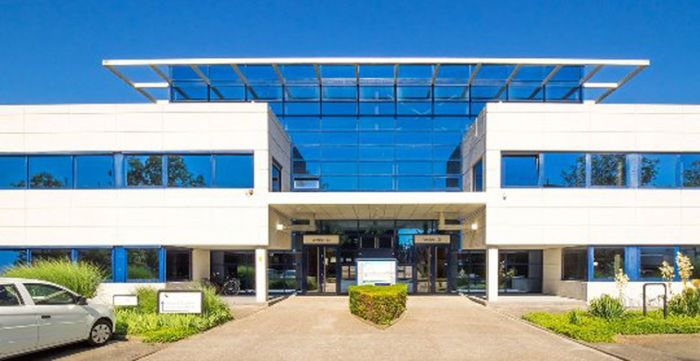Are you working on 3D cell culture?
The ClinoStat technology enables you to grow uniform spheroids and organoids without bias in your research. The research based on organoids and spheroids results in a closer approach to in vivo behaviour. Now, Organoid research is more accessible and easy with this standardized process. Do you want to discover how?
The Clinostat can work with different types of cell lines in 3D cell culture. It has been proven to be successful in stem cell differentiation, hepatocytes, bronchi cells, and brain and gut organoids/spheroids. At the moment, it is in use in different research labs using more cell lines.
The main difference between 2D and 3D cell culture is that when having 3D, cells do not stop developing and growing. Therefore, they grow, develop, and interact with one another, making research on 3D cells more similar in vivo. Additionally, the Clinostat offers less contamination because of the presence of the automatic UV-decontamination light.
Moreover, it is a closed system. It has integrated a camera, eliminating the need of opening the incubator when it is not needed, eliminating fluctuance, and establishing a stable environment for your cells. It controls:
Ideal for cancer research, drug screening, stem cell research, and many more applications. One of the main benefits related to application fields and regulations is that the use of 3D cell culture models limits the use of animals as research models.



